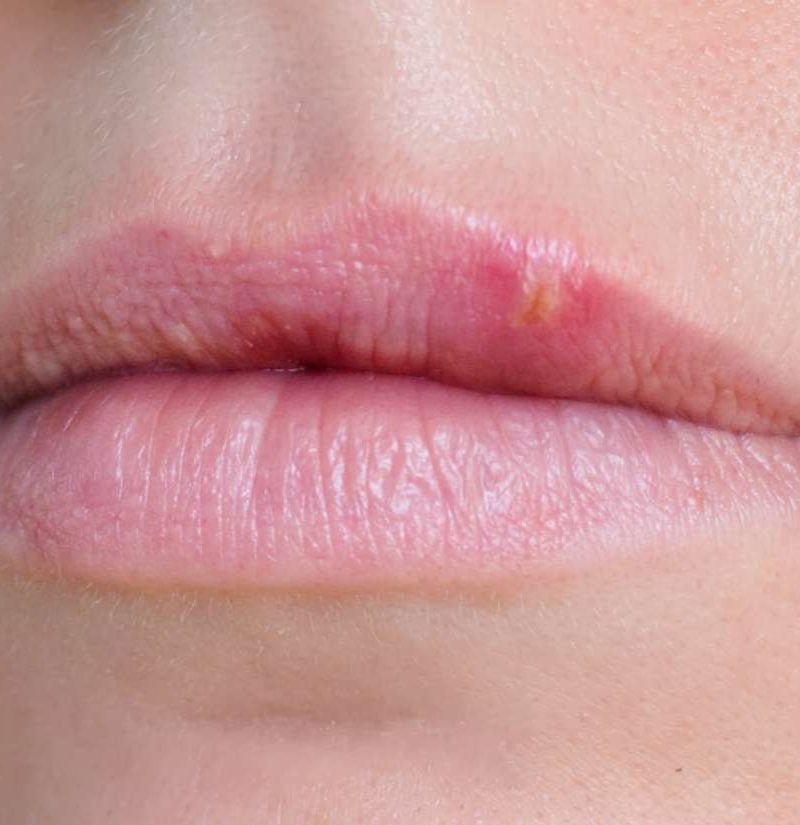Tooth Socket Healing Stages
The process of tooth socket healing is a complex and highly regulated series of events that ultimately leads to the restoration of tissue integrity and function after tooth extraction. Understanding the stages of tooth socket healing is crucial for dental professionals to manage patient expectations, prevent complications, and plan for subsequent treatments such as dental implant placement. The healing process can be broadly categorized into several key stages, each characterized by distinct biological events.
Initial Stage (0-24 hours): Hemostasis and Inflammation The immediate response to tooth extraction is hemostasis, where the body attempts to stop bleeding by forming a clot within the socket. This is followed by an inflammatory phase, which is marked by the influx of white blood cells to the site. The inflammatory response is a defensive mechanism designed to protect the body from infection and initiate the healing process. During this stage, patients may experience discomfort, swelling, and bleeding, which can be managed with appropriate analgesics and wound care instructions.
Acute Stage (24-72 hours): Debridement and Proliferation As the initial clot is replaced by granulation tissue, the acute stage of healing commences. This stage is characterized by the breakdown and removal of dead tissue and the proliferation of new cells. The socket begins to fill with a mixture of blood clot, fibrin, and inflammatory cells, laying the groundwork for the subsequent formation of granulation tissue. It is during this period that the body starts to regenerate the lost tissue, including the formation of new blood vessels and the early production of collagen fibers.
Subacute Stage (3-7 days): Granulation Tissue Formation The subacute stage is pivotal in the healing process, as it marks the formation of granulation tissue, a highly vascularized and cellular matrix that serves as the precursor to the development of more mature tissue types. Granulation tissue is rich in fibroblasts, which produce collagen, endothelial cells that form new blood vessels, and inflammatory cells that modulate the healing environment. The establishment of a robust granulation tissue is essential for the subsequent stages of healing, including the organization of the clot and the initiation of bone regeneration.
Tissue Formation Stage (7-14 days): Collagen Synthesis and Bone Resorption As the granulation tissue matures, the focus shifts towards collagen synthesis and the early stages of bone resorption and formation. The socket starts to fill with a more organized matrix of collagen fibers and bone tissue. This stage is critical for the re-establishment of tissue architecture and the restoration of the extraction site’s original contours. The process of bone remodeling, involving the resorption of existing bone by osteoclasts and the formation of new bone by osteoblasts, becomes more pronounced, laying the groundwork for the eventual closure of the socket.
Maturation Stage (beyond 14 days): Bone Remodeling and Socket Closure The final stage of healing involves the maturation of the newly formed tissue and the completion of bone remodeling. The bone within the socket becomes more dense and organized, and the Socket gradually closes as the alveolar ridge remodels. This stage can last for several months, during which the extraction site continues to undergo changes in shape, size, and density, eventually resulting in a fully healed site that can support normal masticatory function and, if necessary, the placement of a dental implant.
Factors Influencing Healing The rate and efficiency of tooth socket healing can be influenced by a variety of factors, including the patient’s overall health, the presence of systemic diseases (such as diabetes or osteoporosis), smoking, nutritional status, and the technique used for tooth extraction. Dental professionals play a crucial role in optimizing healing conditions through proper extraction techniques, post-operative care instructions, and the management of potential complications.
Clinical Implications Understanding the stages of tooth socket healing has significant clinical implications. It informs the timing of subsequent dental procedures, such as implant placement or bone grafting, and guides the management of patient expectations and post-operative care. Furthermore, recognizing the factors that influence healing can help dental professionals develop strategies to minimize complications and optimize outcomes for patients undergoing tooth extraction.
How long does it take for a tooth socket to heal after extraction?
+The healing time for a tooth socket can vary but generally takes several weeks to a few months. The initial stages of healing, including hemostasis and the formation of granulation tissue, occur within the first week. However, the complete maturation of the bone and the closure of the socket can take up to 6 months or more.
What can I do to promote healing after a tooth extraction?
+To promote healing after a tooth extraction, it's essential to follow your dentist's instructions carefully. This typically includes avoiding strenuous activities, not smoking, eating a soft diet, and maintaining good oral hygiene. Additionally, applying an ice pack to the affected area, elevating your head when lying down, and using any prescribed medications as directed can help manage discomfort and support the healing process.
Can I get a dental implant immediately after a tooth extraction?
+Immediate dental implant placement after tooth extraction is possible in select cases, depending on the patient's bone density, the absence of infection, and the specific location of the extraction site. However, this decision should be made on a case-by-case basis by a qualified dental professional. Often, a waiting period is recommended to allow for initial healing and to improve the chances of successful implant integration.
The intricacies of tooth socket healing underscore the complexity and wonder of the human body’s ability to repair and regenerate tissue. By understanding and respecting this process, dental professionals can provide better care and outcomes for their patients, ultimately contributing to improved oral health and quality of life.


